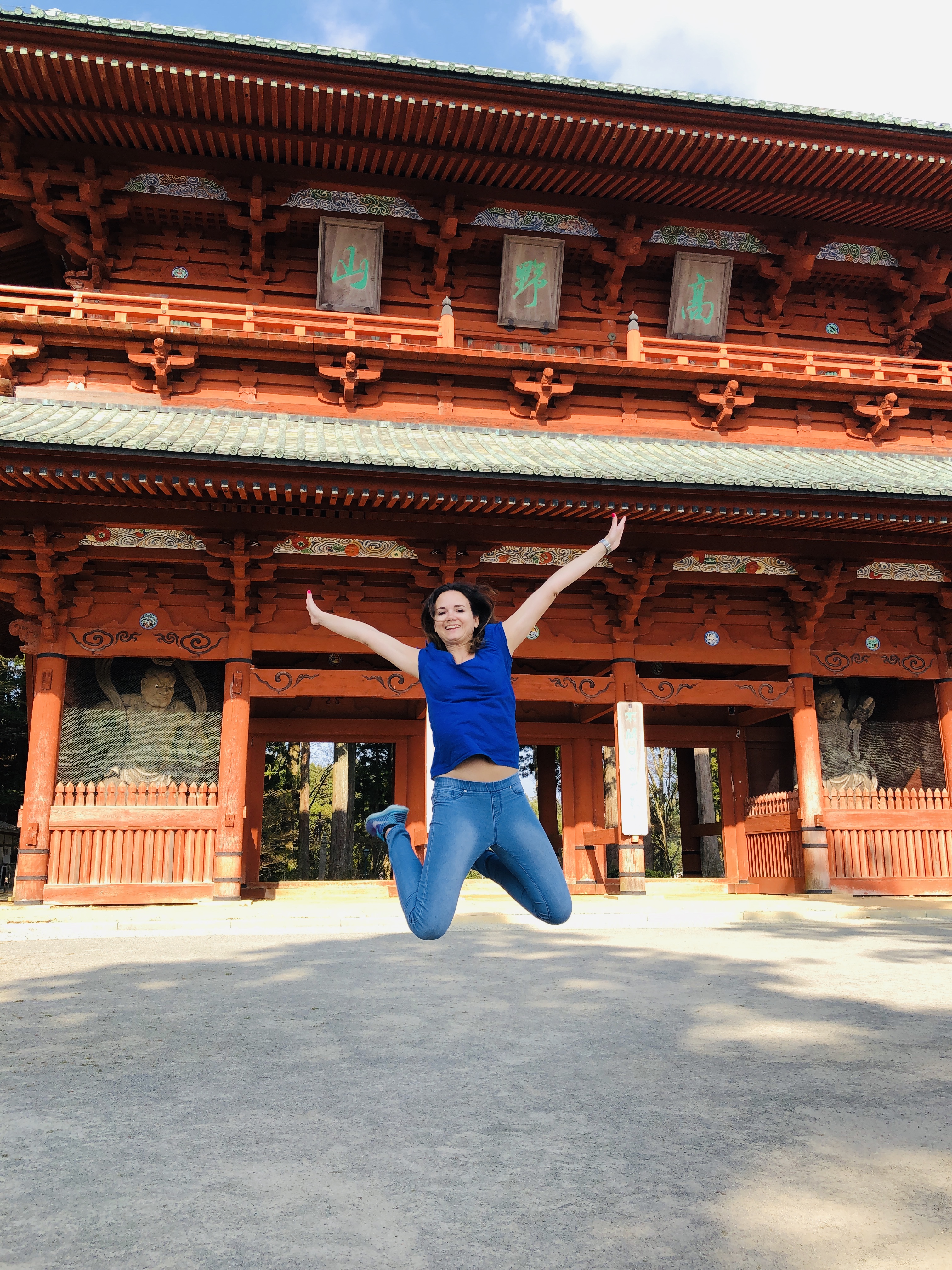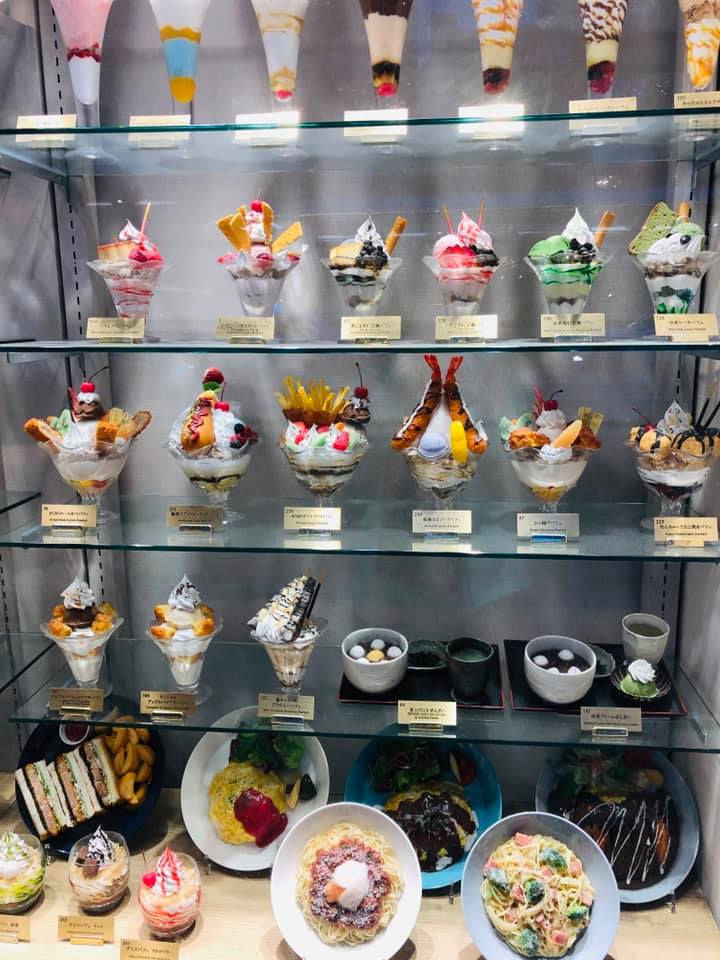Day 6: Kyoto
- Clémence

- Jul 14, 2019
- 3 min read
Updated: Sep 6, 2019
Nijo-jo castle - 600 Yens
We started our next day with the visit of Nijo-jo, walking from our hotel. The castle was built in 1603 as the Kyoto residence of Tokugawa Ieyasu, the first shogun of the Edo Period (1603-1867). The castle was designated a UNESCO world heritage site in 1994. The ramparts are hiding a pretty palace surrounded by beautiful gardens. This is probably one of the busiest site we visited in Kyoto, with a lot of groups of local students so the visit of the palace was not as enjoyable as we would have hoped, especially when visiting one room after each other, in line. The visit of the garden was much better on that front.


After the visit completed, we grabbed a bus and headed to the Northern Higashiyama area to visit Ginkaku-ji, the Silver Pavilion. From the bus stop, we followed a short path of the Path of Philosophy (that we will not be able to fully explore during this trip unfortunately) to reach the temple.
Ginkaku-ji (Silver Pavilion) - 500 Yens
Although less famous and crowded than the Golden Pavilion, the Silver Pavilion deserves as much attention if not more. In addition to the Pavilion itself, the visit offers a great walkway across the garden and pond leading up the mountainside through the trees. This is probably one of the key highlights of our Kyoto tour. Unfortunately, we had to shorten our visit of the gardens because of the rain. But you can easily spend a little bit more time there.



It was fortunately lunch time so it was the right moment to have a break and pray for the rain to stop. We made a stop in a nice looking restaurant in the main street when exiting the temple for a quick bite. Lunch @ 御米司ふみや Ginkakujichō-65 Sakyō-ku
Haru cooking class
During our Japanese trip, we were keen to take a cooking class and we booked the 'Japanese non-vegetarian cooking class (with Kobe beef)' @Haru cooking class, as it was recommended in the Lonely Planet. We booked everything in advance via email and paid in cash on-the-day. Located in the Kyoto suburb, we had a great time with Taro and his family, discussing the life in Japan and preparing & then eating an amazing dinner. It was literally us and another four tourists in Taro's house. We cooked all together the following dishes: miso soup, kinpira (stir fried rot vegetables), fukumeni (simmered tofu and radish), dashimaki tamago (Japanese omelet) and the famous Kobe beef. Taro took the time to explain us where the ingredients were coming from, how to prepare them and guided each of us when preparing the dinner. Taro was extremely passionate about sharing his experience of Japanese cooking and more broadly Japan with us. It was probably one of our best highlight of our Japanese trip!
In addition, we got the chance to eat a A5 certified Kobe beef steak (the best possible grade you can find!), sourcing the meat from a special butcher. [Note that you can trace the origin of your steak in this website: http://www.kobe-niku.jp/en/top.html]
In addition to the recipes that were shared with us written, Taro also followed up with an email to provide recommendations to source the various ingredients.
The cooking class costs us 17,800 yens for 2 people (for ~4 hours and the dinner). It was really worth it, especially you want to learn about the local culture beyond a simple cooking class!
After this unforgettable experience, we walked back to our hotel going through the Imperial Palace Garden.











Comments